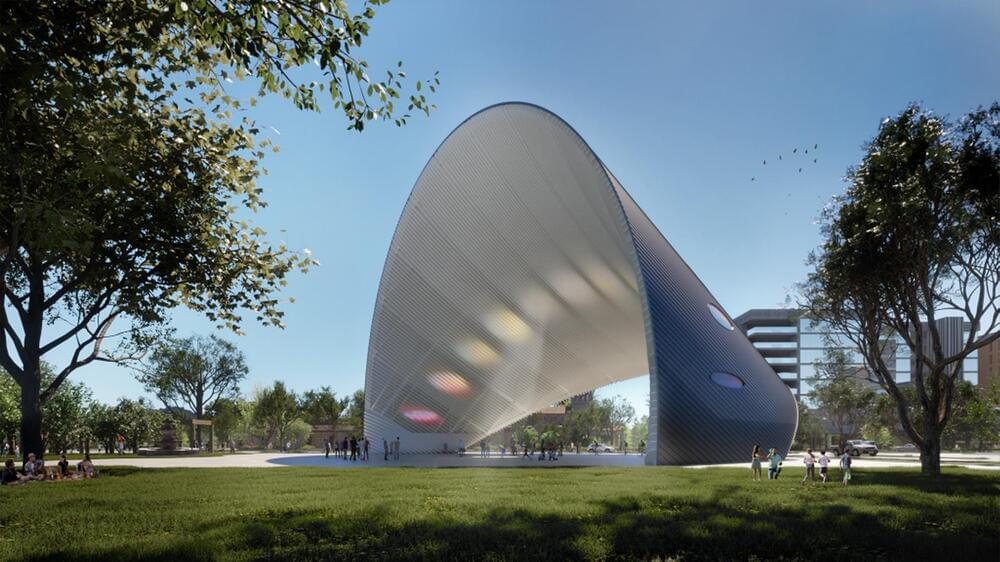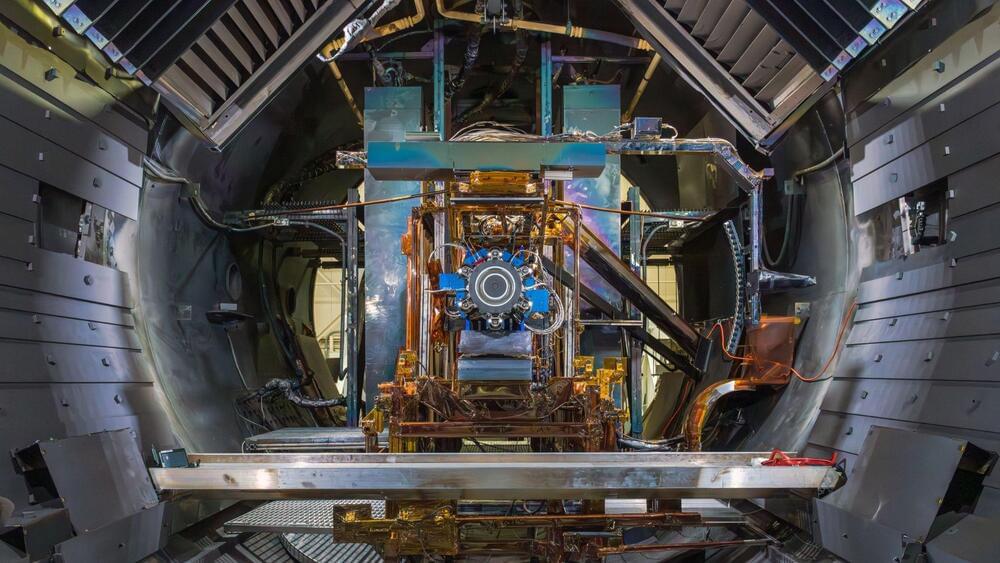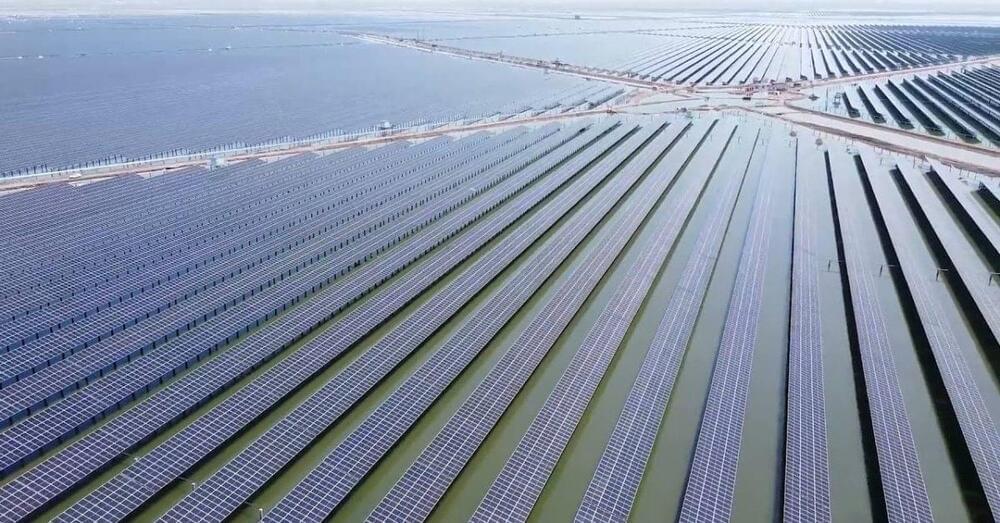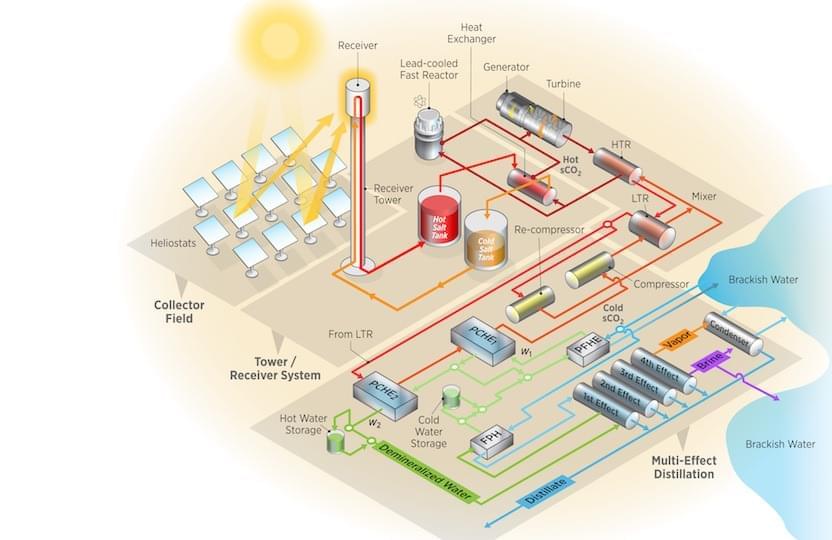Jul 21, 2023
New device turns sunlight into hydrogen with record efficiency
Posted by Genevieve Klien in categories: solar power, sustainability
As we strive towards a more sustainable future, it’s becoming increasingly important to find innovative ways to decarbonize industry and facilitate clean energy storage.
One promising approach is the manufacture of valuable products and fuels using available, low-cost feedstocks like water, carbon dioxide, nitrogen, and solar energy. By harnessing the power of these abundant resources, we can reduce our reliance on fossil fuels and move towards a cleaner, more sustainable energy future.
In a similar effort, Rice University engineers have developed a device that can turn sunlight into hydrogen with record-breaking efficiency – a significant step forward for clean energy. The device combines next-generation halide perovskite semiconductors with electrocatalysts in a single, durable, cost-effective, and scalable device.


















